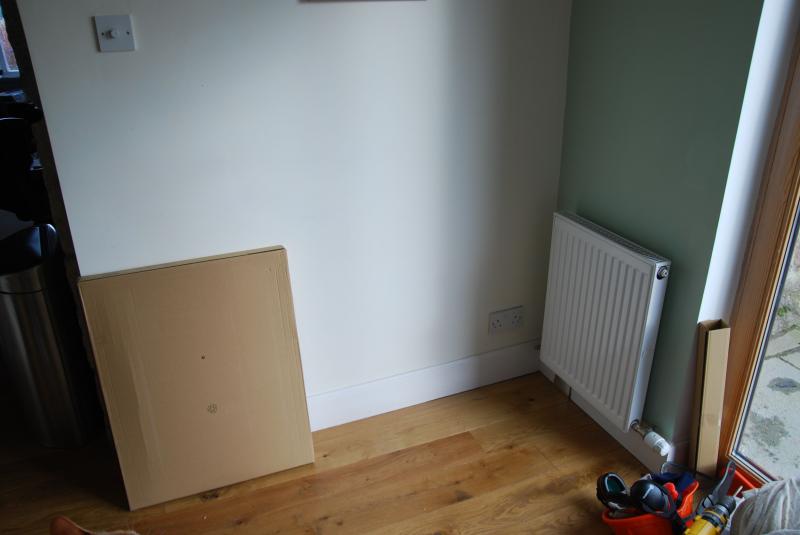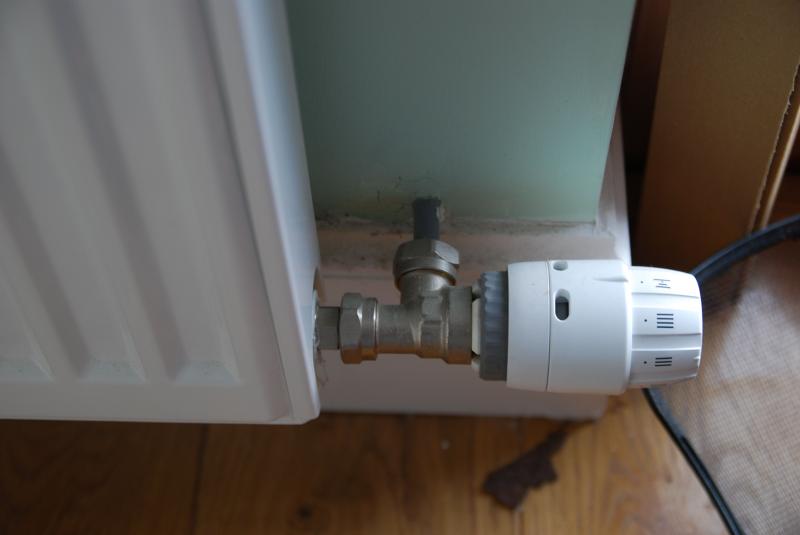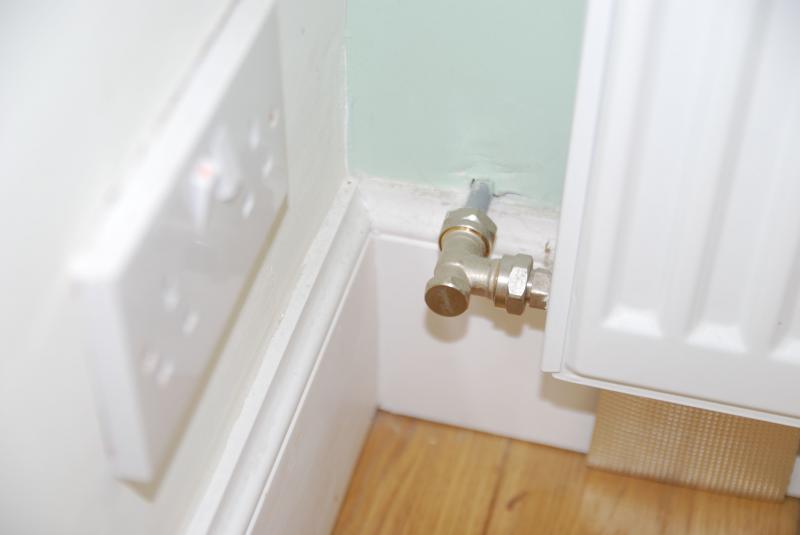1st post and Hi to all, its a great forum...anyhoo enough of the brown nosing LOL
I am replacing a plinth heater and went to rewire the stat, however it has been wired with 2.5mm cable fed from the socket ring. This feeding to a DP switch with 3A fuse before the heater.
What is there has been wired with 1 stat terminal to live supply, another stat terminal to live load, but and heres my question, the two neutrals have been choc blocked together on one side with a single neutral wire coming out and then connected to the stat. I should add that the choc block had been fully enclosed with insulation tape. I can see this has been done as you cant get 2x2.5 wires into the stat terminal. I dont really want to rewire as it would mean lifting the floor and wrecking the wall, but I do want it to be safe.
So can I just reuse this method or is it really bad? There is no patress and I found this when I removed the stat off the wall.
any help appreciated as its currently very cold in the kitchen.
thanks for reading
I am replacing a plinth heater and went to rewire the stat, however it has been wired with 2.5mm cable fed from the socket ring. This feeding to a DP switch with 3A fuse before the heater.
What is there has been wired with 1 stat terminal to live supply, another stat terminal to live load, but and heres my question, the two neutrals have been choc blocked together on one side with a single neutral wire coming out and then connected to the stat. I should add that the choc block had been fully enclosed with insulation tape. I can see this has been done as you cant get 2x2.5 wires into the stat terminal. I dont really want to rewire as it would mean lifting the floor and wrecking the wall, but I do want it to be safe.
So can I just reuse this method or is it really bad? There is no patress and I found this when I removed the stat off the wall.
any help appreciated as its currently very cold in the kitchen.
thanks for reading





